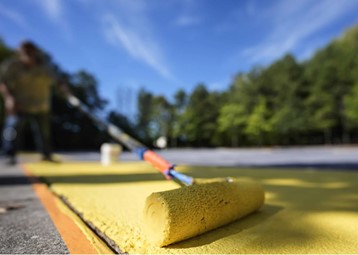
US Classrooms Face Rising Heat: Cooling Solutions Needed Beyond Air Conditioning
As the climate crisis worsens, schools across the United States are grappling with extreme heat, prompting an urgent need for cooling solutions beyond air conditioning. Phoenix, Arizona, recently set a record with 100 consecutive days above 100°F (37.8°C), a harsh reminder of the rising temperatures. In such conditions, children are especially vulnerable to heat-related illnesses, as their bodies struggle to self-regulate.
Many schools, particularly in low-income areas, are poorly equipped to handle the heat. With asphalt-covered schoolyards and heat-radiating building materials, students in these districts are exposed to higher temperatures, making learning and concentration difficult. As climate change exacerbates these risks, heat-related school closures are becoming more frequent.
However, schools are taking action. In Phoenix, Ylenia Aguilar, a school board leader, helped secure $50 million to fund cooling initiatives. These include installing shading structures, cool roofs, and reflective surfaces on playgrounds and parking lots to reduce heat absorption. For instance, in California, the Chaffey Joint Union High School District spent $11.4 million to convert hot asphalt roofs into cool roofing systems, which reflect solar radiation and lower indoor temperatures. This has reduced roof temperatures from 140°F (60°C) to 90°F (32°C).
Urban heat islands—areas where built-up surfaces amplify heat—are another challenge. Schools like Parkway Elementary in Sacramento are turning to green schoolyards, replacing asphalt with trees, grass, and gardens. Trees, in particular, are highly effective, lowering air and surface temperatures. Sacramento's efforts, supported by grants, have added heat- and drought-resistant trees to schoolyards, providing immediate benefits such as shade and long-term cooling effects.
While some schools are successfully adapting, others struggle due to limited resources. Grants from the Department of Energy and the Environmental Protection Agency offer some help, but they often don't cover full costs. Experts stress the importance of local governments and communities joining forces to implement broader, integrated cooling strategies.
In Phoenix, efforts to improve air conditioning and add shade structures are ongoing. As Aguilar notes, "It's only going to get hotter," underscoring the need for continued action to protect students from rising temperatures.